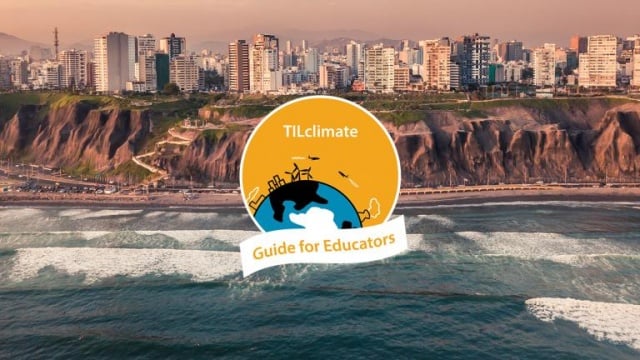About This Lesson
Description:
Through a hands-on demonstration, students will gain a clear understanding of the two major factors influencing sea level rise – land ice melt and thermal expansion. Additional solutions-oriented background information expands real-world connections.
SWBAT:
- Understand that the burning of fossil fuels is causing a buildup of heat-trapping gases, which is warming the atmosphere and ocean.
- Explain that melting land ice adds to rising seas, while melting sea ice does not.
- Observe and explain that warm water molecules expand, taking up more space.
- List and consider some real-world solutions for sea level rise.
Skills:
- Modeling
- Reading graphs
- Critical thinking














